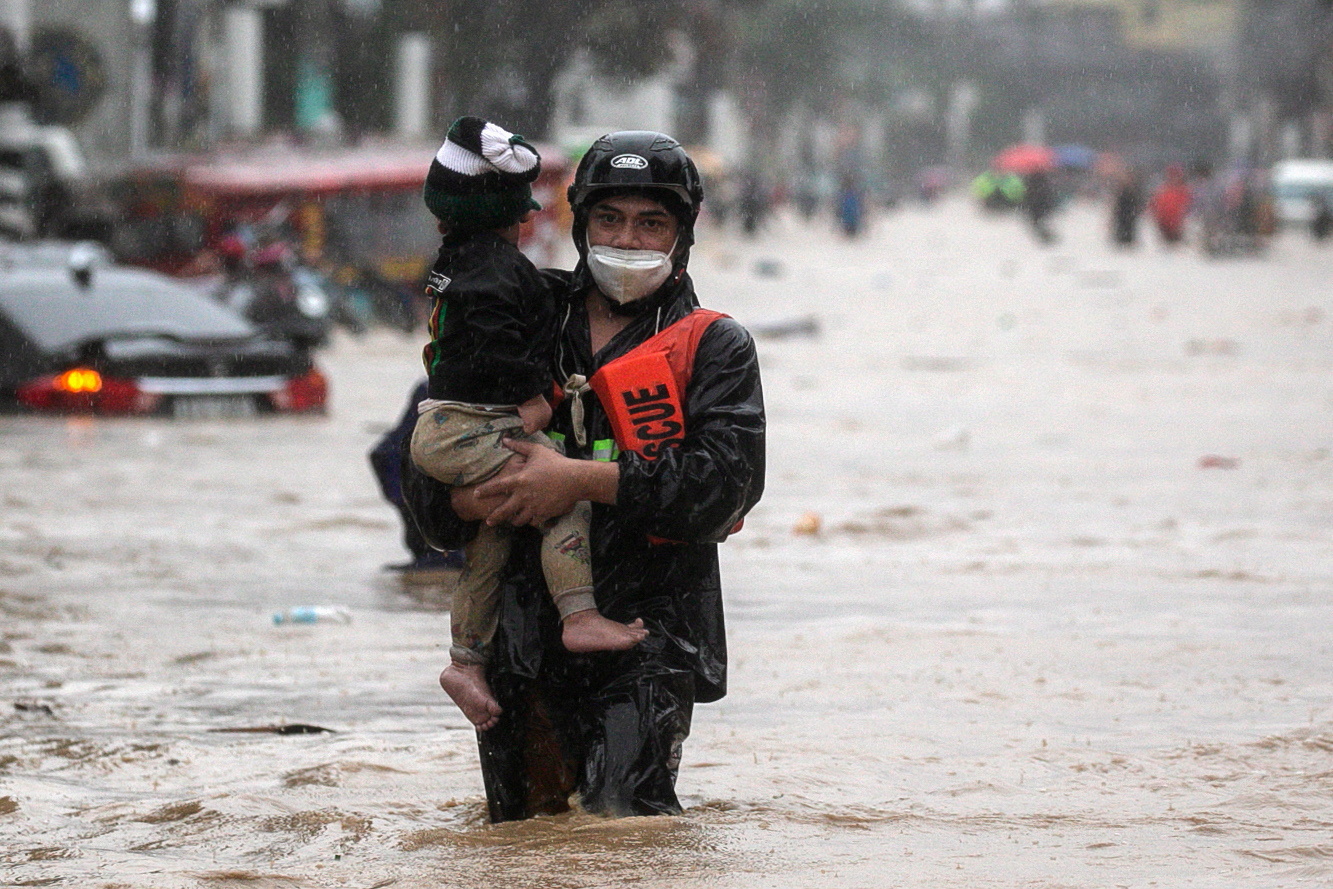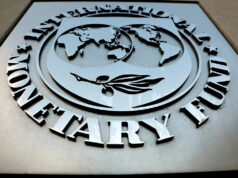DoF mulls new disaster risk financing options

THE FINANCE department is considering new disaster risk financing arrangements that will not involve any new loans.
This as the Philippines may see annual losses from natural disasters breaching the P1-trillion mark in the next 50 years, highlighting the devastating impact of climate change, Finance Assistant Secretary Paola Sherina A. Alvarez said.
“In the next 50 years, the country has a 40% chance of experiencing a loss exceeding P989 billion, and a 20% chance of experiencing a loss exceeding P1.525 trillion,” she told an online climate finance forum arranged by Institute for Climate and Sustainable Cities (ICSC) on Wednesday.
The Philippines already incurs around P177 billion worth of losses in public and private assets due to typhoons and earthquakes every year.
“We have been crafting now other regional risk-pooling mechanisms, where we aim to create a regional pool together with other countries that are not as highly vulnerable as the Philippines. We are trying to pool in different risks from different countries to make it cheaper to make the costs or premium more affordable for countries like the Philippines,” she said.
Forming a regional risk pool would allow countries to secure insurance coverage for natural disasters. Caribbean countries have already formed a catastrophe risk insurance facility that provides them with insurance coverage for hurricanes and earthquakes.
Ms. Alvarez said the Philippines is looking to obtain insurance coverage for natural calamities, but noted the cost would be high since the country faces numerous earthquakes and typhoons every year.
“We’re trying to streamline as much as possible how much layers we can afford and at the same time, we also need to quantify how much investments we need in adaptation and mitigation,” she added.
The Department of Finance (DoF) official said they are looking at various options to fund disaster risk management programs but without incurring additional loans or expenditures in the national budget. She noted a big chunk of the state’s spending plan has already been allotted for social protection.
Sara Jane Ahmed, a finance advisor for the Vulnerable 20 Group of Ministers of Finance (V20) Secretariat, said a risk-sharing strategy would help bring down the government’s costs in dealing with disasters, while donor institutions can focus on complementing state programs already in place through premium support or capitalization.
Sought for additional details, the Department of Finance (DoF) said the regional risk-pooling mechanisms “are still under development.”
The Philippines is currently participating in two regional risk pools — the Southeast Asia Disaster Risk Insurance Facility (SEADRIF) and the Sustainable Insurance Facility (SIF).
The SEADRIF assists the Association of Southeast Asian Nations economies in developing and implementing disaster risk financing strategies, as well as boosting the region’s cooperation for sustainable financial solutions.
The SEADRIF is now working on a Public Asset Financial Protection Program that is expected to be completed this year.
Meanwhile, the DoF said the SIF helps vulnerable developing member economies in assessing the financial protection needs of smaller businesses in terms of climate change.
“For 2020 and 2021, it is planned to commence the development of SIF Asia-Pacific landmark initiatives in the Philippines, the Pacific, including the Marshall Islands and Fiji, and Bangladesh,” the DoF added.
In late 2019, the Philippines launched its three-year catastrophe-linked bonds (CAT) through the World Bank that has $225 million worth of financial protection against earthquakes and storms. Incidents of these natural disasters would trigger payouts, which will go to relief and rehabilitation efforts. — Beatrice M. Laforga



